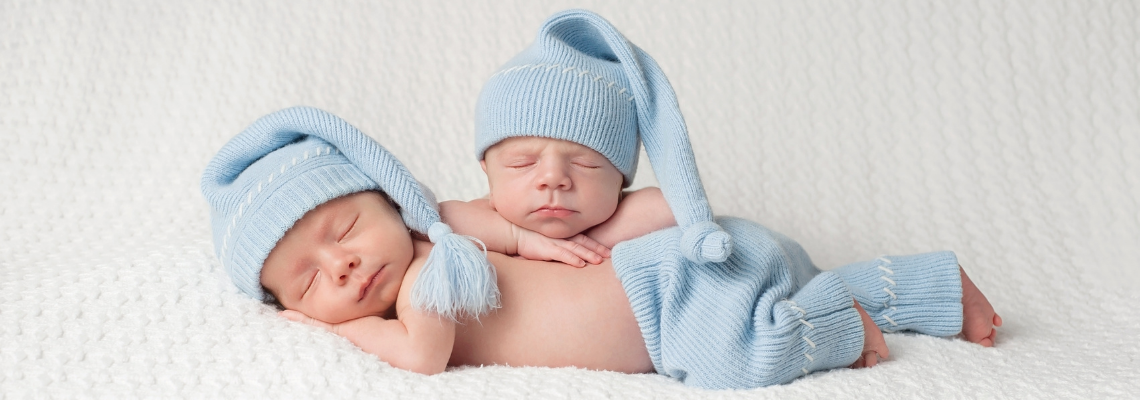
Twins have fascinated humans since time immemorial. How do they come to be? Are there different types of twins? This article answers some of these questions.
Identical Twins
Identical twins, also known as monozygotic twins, develop when an egg that’s already been fertilized by a sperm cell splits in two within about a week of conception. Because of this, identical twins share 100 percent of their genetic material and are almost always the same sex.
Some identical twins are hard for even their parents to tell apart, while others differ very slightly in their appearance. They may also have different personalities, and as they mature, they can have completely different reactions to the same circumstances, including disease processes.
Fraternal Twins
Fraternal twins, also known as dizygotic twins, develop when two eggs are released when the mother ovulates. They are then fertilized by different sperm. Because of this, fraternal twins are just like “regular” siblings except that they were conceived at the same time. They share only half of their genetic material and can even be of different sexes.
Even More Types of Twins
Many people are surprised to learn that there are more types of twins than identical or fraternal. In rare cases, identical twins can be of different sexes. These twins begin as boys, with one X and one Y chromosome. After the egg splits into two, one twin loses the Y chromosome. When the babies are born, the baby that lost the Y chromosome is a girl but often has problems with normal development during infancy and childhood and reproductive problems later on. The name of this condition is Turner syndrome, or monosomy X. Children with this condition can suffer from swollen hands, obesity, flat feet, hearing loss, dry eye and abnormal curvature of the spine.
 Mirror-image twins develop when the egg splits the week after it’s fertilized. This is important because at that time, the fertilized egg has a right and left side, so these twins are mirror images of each other. One is left-handed while the other is right-handed, their hair grows out in opposite directions, and their teeth start coming in on opposite sides of their mouth.
Mirror-image twins develop when the egg splits the week after it’s fertilized. This is important because at that time, the fertilized egg has a right and left side, so these twins are mirror images of each other. One is left-handed while the other is right-handed, their hair grows out in opposite directions, and their teeth start coming in on opposite sides of their mouth.
Conjoined twins are physically connected to each other, sometimes in ways that make it very difficult or impossible to separate them. They develop when the fertilized egg doesn’t split all the way or when two divided eggs somehow come back together. Most conjoined twins die before they’re born or soon thereafter. Like other identical twins, these twins can have completely different personalities and interests.
Parasitic twins are identical twins, but the smaller of the two acts as a parasite of the larger one. The parasitic twin may not have all of its internal organs and may not have a fully developed brain or even a head. Some parasitic twins grow inside the larger twin in a condition called fetus in fetu. Acardiac twins are another example. One twin gets most of the nutrients from the placenta and the other is starved of blood. Sometimes, the deprived twin is little more than a body without a head or appendages.
Rarely, two sperm cells will fertilize one egg. Since this is abnormal, the egg has to split in two to develop. This is so rare that scientists know of only two cases of this having happened.
There are also different types of fraternal twins. Normally, a woman stops ovulating when she conceives. Rarely, another egg is released when the woman is already pregnant. If this egg is fertilized, it’s called superfetation.
Some twins have different fathers because the mother releases two eggs and has relations with two different men within a short period of time. In Terry McMillan’s book, It’s Not All Downhill From Here, the lead character is a woman whose twin not only has a different father but a different birthday.
Fraternal twins can also be of different races, with one taking after the mother and the other taking after the father. When the parents are biracial, one child could inherit features of one race while the other inherits features of another.


